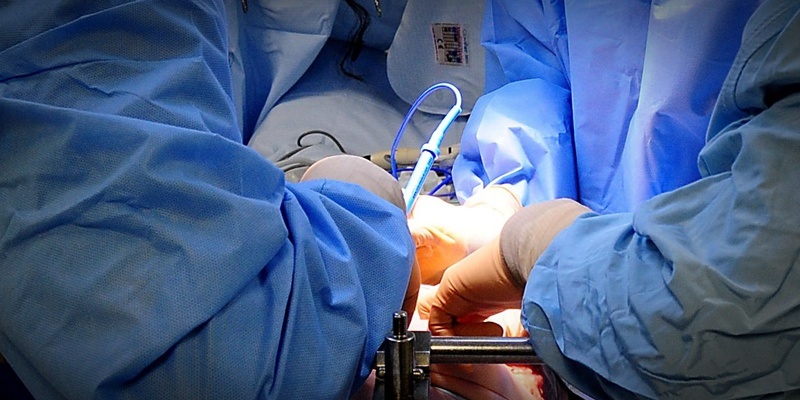Shocking figures that reveal 19 objects were left in Tayside patients following operations have been condemned by a leading politician and a patients’ rights group.
Jackie Baillie, health secretary for Scottish Labour, said the statistics were ”worrying”.
The figures, obtained by The Courier through the Freedom of Information Act, were provided for the last five financial years.
The 19 objects included suture needle tips (for closing wounds), swabs and tips of guide wires.
The incidents occurred in Ninewells Hospital, Dundee, Perth Royal Infirmary and Stracathro Hospital, near Brechin.
It would appear that the medical instruments were left in the patients following surgery.
A spokesman for NHS Tayside said: ”NHS Tayside can confirm that no larger objects, such as forceps, were left in a patient following surgery and none of the patients became ill, were injured or died as a result of the object being left inside their body.
”Due to the small numbers of patients involved further details can’t be provided as disclosure of the information may lead to the identification of individuals.”
Ms Baillie said it was a sign of NHS cutbacks.
”With less money and fewer staff, our NHS is buckling under the pressure,” she said. ”These worrying figures show what happens when you try to do so much more with much less money and resources.
”We now have 2,500 fewer nurses and midwives in the NHS and every part of our health service is showing the signs of severe strain as the SNP announced a cut of almost £190 million to the budget last week,” Ms Baillie added.
Dr Jean Turner, executive director of the Scotland Patients Association, questioned why so many of the medical instruments broke off and were left in patients.
She said: ”It is comforting in some small way that no large objects, such as forceps, were left after surgery but the forceps would have been easier to find and retrieve compared with small pieces of metal.
”It would be interesting to know why the parts of instruments mentioned broke off. One would assume if the instruments such as needles and wires were up to the highest standards that this should not have happened and may have been through no fault of the surgeons but could have been due to equipment not as robust as it should be.”
The statistics showed that five medical instruments were found in patients at NHS Tayside hospitals during the 2007/08 financial year, nine in 2008/09, five in 2009/10 and five again in 2010/11. None were found in 2011/12.
The Courier asked NHS Tayside to provide figures for medical instruments left inside patients since 2008.
Photo Rui Vieira/PA Wire
